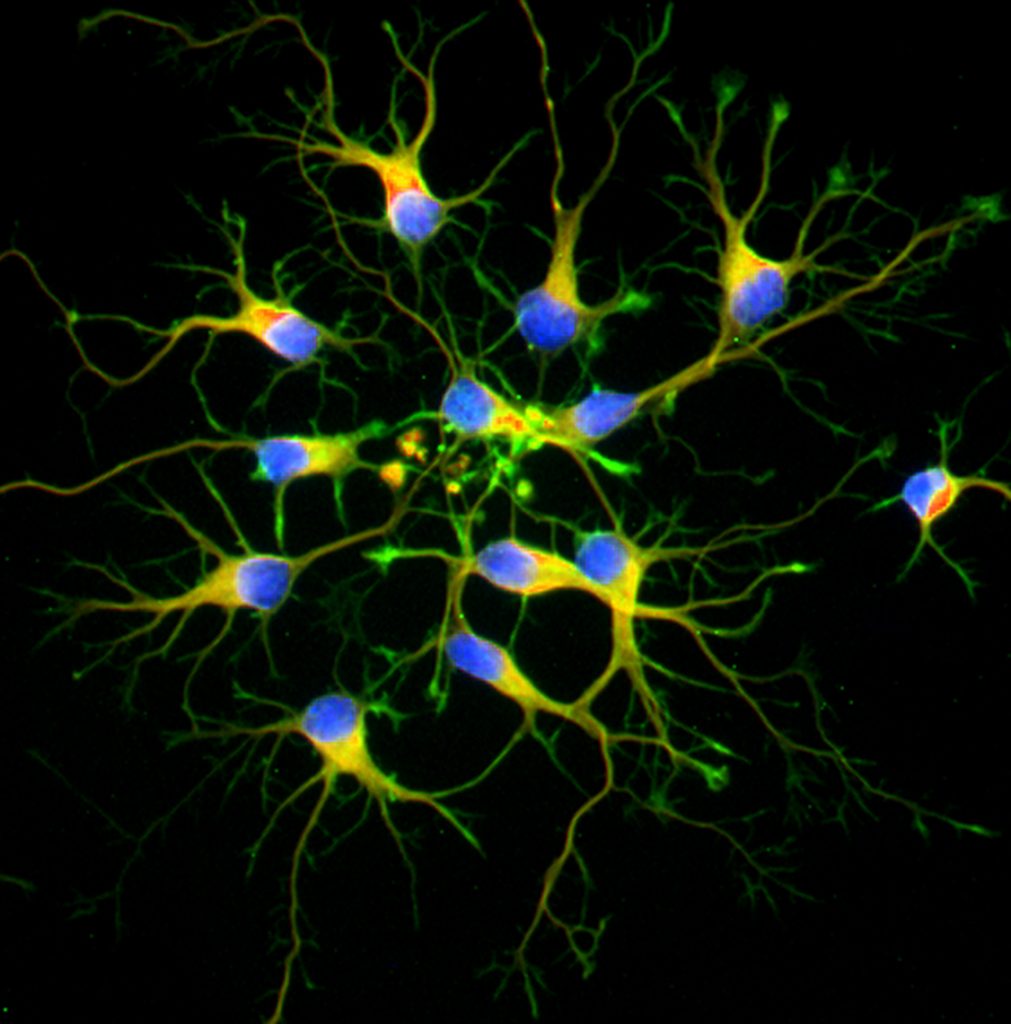Neuronal cell lines are commonly used for in vitro neurobiology studies because they are more easily transfected compared to primary neurons and they proliferate, whereas primary neurons do not. Neuronal cell lines can be induced to differentiate into neuron-like cells, where they express neuronal markers and elaborate processes resembling axons and dendrites. While using these cells may be cost-effective, the results may not be representative of primary neurons.
As with other cell lines, neuronal cell lines are not equivalent to primary cells. By the time the cells are used in experiments, they have likely undergone numerous replications, which can result in mutations and genetic drift. Immortalized cells or those derived from tumors differ biologically from normal, differentiated neurons derived from the nervous system. Indeed, numerous studies have found large differences between neuronal lines and primary neurons. For example, a study found that PC12 cells, a neuronal line derived from rat adrenal gland, lacked expression of functional NMDA receptors1. Furthermore, a study comparing a mouse neuroblastoma line (neuro-2a) to primary neurons found that neuro-2a cells were much less sensitive to neurotoxins, possibly due to a lack of important membrane receptors and ion channels2. These studies, among others, highlight the importance of carefully selecting cells for use in in vitro neurobiological experiments. While cell lines may be easier to work with, if your results are not representative, your time and resources will be wasted.
If neuronal cell lines are used, it is essential to follow up and confirm the results with primary neurons. While primary neurons have a reputation of being difficult to culture, it is important to remember to use specialty medium when culturing these cells. Our Neuronal Medium (Cat #1521) is optimized to provide the optimal nutrients to support neuronal growth and survival. If access to human or animal tissue is an issue, trust ScienCell to provide you with the primary neurons you need. We specialize in human neurons and have 30 neuronal types from different nervous system regions in human, mouse, and rat.
Please visit us at booth #1900 at the annual Society for Neuroscience 2017 meeting in Washington DC to learn more about our primary cells, media, cell culture reagents and gene expression analysis kits.
References
- Edwards, M.A., et al. (2007). Lack of functional expression of NMDA receptors in PC12 cells. Neurotoxicology. 28; 876-885.
- LePage, K.T., et al. (2005). On the use of neuro-2a neuroblastoma cells versus intact neurons in primary culture for neurotoxicity studies. Crit Rev Neurobiol. 17; 27-50.


great explanation!
Nice Post. Really appreciate the quality of knowledge you shared.
Really very informative post and helpful to update us about new neurons